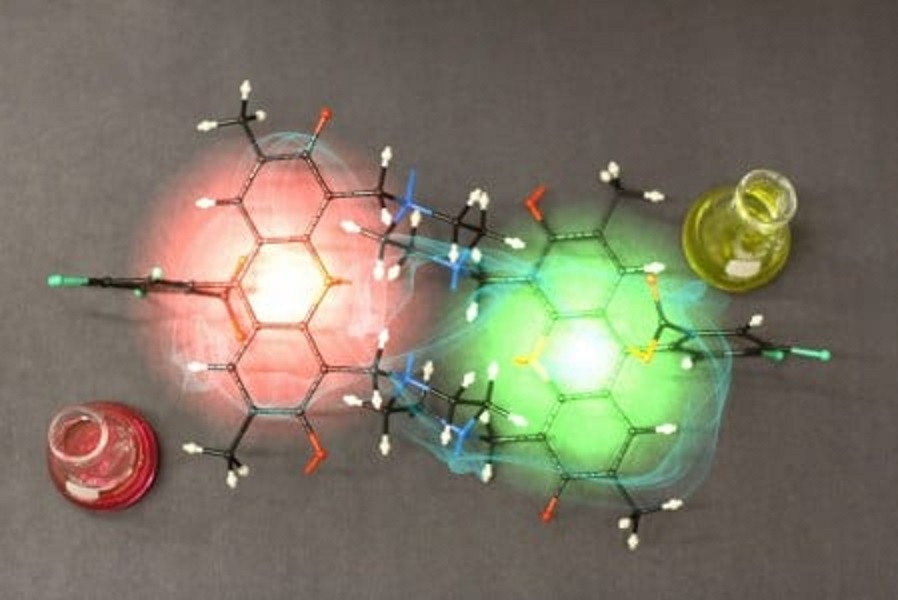Quantum Biology Design Concepts May Pave The Way For New Solar Technology
Researchers in the field of quantum biology have developed a synthetic substance that resembles the intricate quantum dynamics seen in photosynthesis
and could open up entirely new paths for developing solar energy systems. The researchers write in the Science Express that it is not only
possible but also simpler than anyone anticipated to incorporate quantum effects into artificial light-harvesting systems.
Small compounds that support persistent quantum coherences have been engineered by the researchers.
Coherences are quantum superpositions' macroscopically visible activity. Superpositions, when a single quantum particle,
such as an electron, occupies more than one state concurrently, are a fundamental idea in quantum mechanics that
are illustrated by the famous Schrodinger's Cat thought experiment.

In big, hot, disordered systems, quantum effects are typically insignificant. The near-perfect quantum efficiency of photosynthetic
light harvesting, even at physiological temperatures, may be due to quantum superpositions, according to recent ultrafast spectroscopy tests
conducted by researchers.
Superpositions are supported by photosynthetic antennae, the proteins that organise chlorophyll and other light-absorbing molecules in
plants and microbes. According to researchers : animals that utilise photosynthesis have evolved a defence mechanism to prevent
these superpositions. As a result, the components of the cell that transform solar energy into chemical energy are more effectively
transferred energy from absorbed sunlight. The latest findings show that this quantum mechanical property can be included into
synthetic molecules.
These artificial substances might serve as the foundation for solar energy technology that imitates the energy-transfer mechanisms
used by plants during photosynthesis.
The fluorescein molecule, which was originally used to colour the Chicago River green for St. Patrick's Day, was altered by the researchers,
who then employed a rigid bridge structure to bind various pairings of these dyes together. The resultant molecules successfully mimicked the
crucial characteristics of chlorophyll molecules in photosynthetic systems, which allow coherences to last for tens of femtoseconds at
ambient temperature.
A femtosecond is a millionth of a billionth of a second. However, because the excitations in these systems flow through them on this extremely
short timescale, these quantum superpositions can be crucial in the transfer of energy.
The researchers used highly designed laboratories and cutting-edge femtosecond laser systems to construct a movie of energy flow in the
molecules in order to look for signs of long-lived superpositions. The sample was exposed to three carefully timed laser pulses,
which caused it to release an optical signal that was collected and directed into a camera.
The researchers produced a two-dimensional video of the system's energy flow by scanning the gaps in time between the incoming
laser pulses. Each two-dimensional spectrum represents a single frame in the movie and contains details about the locations
of energy inside the system and the routes it took to get there.
These movies display oscillating signals in very narrow portions of the signal, or quantum beats, as well as relaxation from high-energy
states toward lower-energy states over time. According to researchers,
"Quantum beats are the signature of quantum coherence, coming from the interference between the various energy levels in the superposition,
akin to the beating heard when two instruments that are just slightly out of tune with one another try to play the same note."
Quantum coherences in photosynthetic antennas prevent excitations from becoming trapped as they travel to the reaction centre, where
the process of converting electrical energy into chemical energy starts, according to computer models.
According to one explanation, it is unavoidable that the excitation choose the right path as it travels through the antenna since it
is constantly superposing all other potential courses.
It is yet to be known whether such a complicated occurrence could be replicated outside of nature
until similar coherences were seen in synthetic systems.
